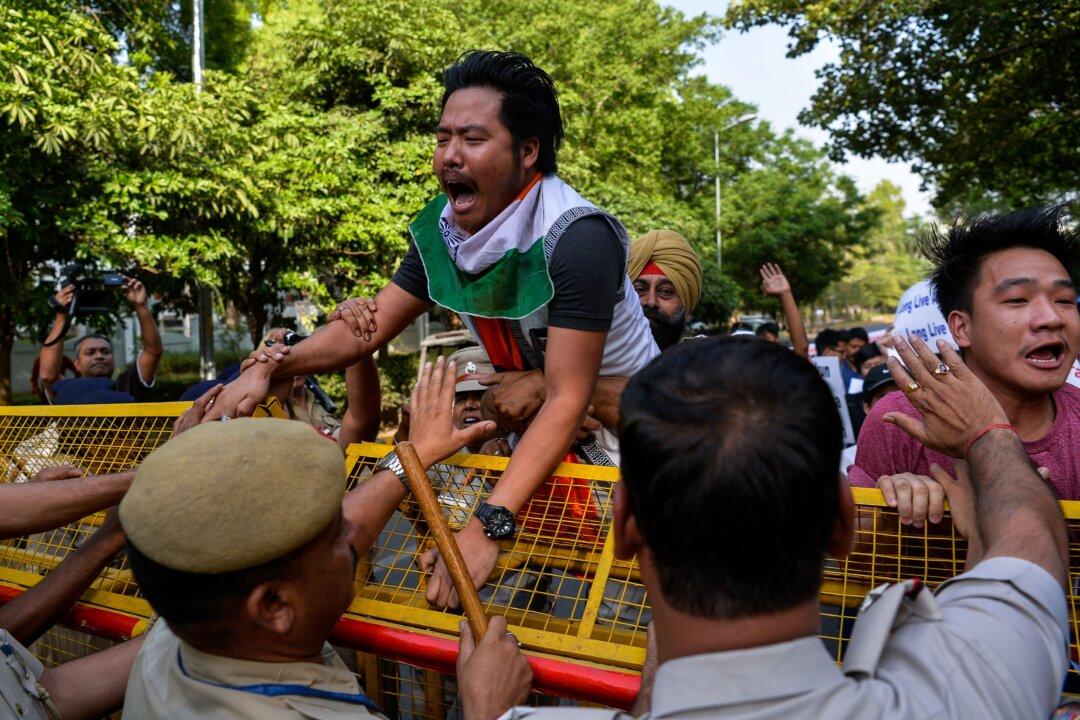NEW DELHI—China is defending the construction of a village on land in India’s state of Arunachal Pradesh, saying that the Beijing regime has “never recognized” the border area as a part of India.
The Chinese village of 101 houses sits along the Tsari Chu river in the border state, according to the U.S.-based imaging company Planet Labs. Construction was completed 2.5 miles into Indian territory last year, as India and China engaged in a tense military standoff in the far north, Himalayan region of Ladakh.





